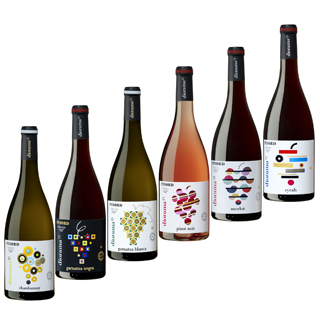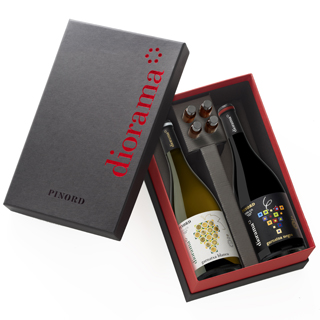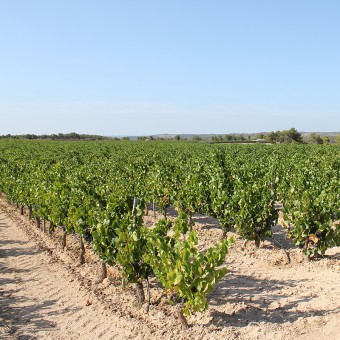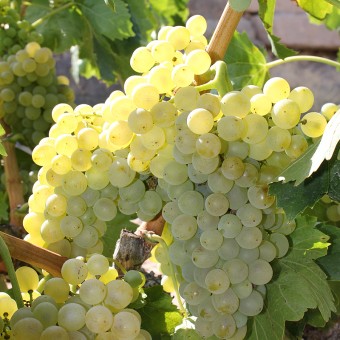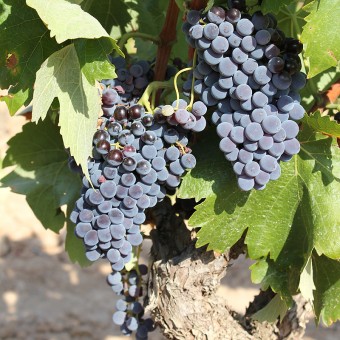To the south-east of Catalonia, within the province of Tarragona, the D.O. Terra Alta is encircled by mountains separating it from the Ebro river valley. From the Ports d’Horta southern mountains to the mountains of Pàndols and Cavalls to the south-east, the vines seemingly spread over the horizon to the north and to the east, across the varied terrain. This terrain is broken up in parts into natural terraces, tiered and protected by “marges” or dry stone constructions.
The soils tend to date back to the quaternary period and are made up of clays and limestone, poor in organic material. These are mixed with other soil types which have been washed along riverbeds, with typically rounded corners, onto a high plain of over 400 metres in altitude.
The climate is Mediterranean with continental influences, with extended sunshine hours and an annual rainfall of between 350mm and 500mm depending on the location within the region. Winds play a fundamental role in the Terra Alta. The continental Cerç wind blows strongly and keeps the vines and grapes healthy during ripening; whilst the Garbí and other sea breezes, blowing from the Mediterranean, help to cool a hot summer.
Wines from the Terra Alta are historically recorded from 1185 onwards, when Ramón Berenguer IV ordered the Knights Templar to re-populate these lands and to initiate winemaking in order to supply local demand. Following the 19th century phylloxera disaster, Terra Alta extended its vineyards, creating various wineries, whose buildings were designed by Modernist (Art Nouveau) architects of the era.
